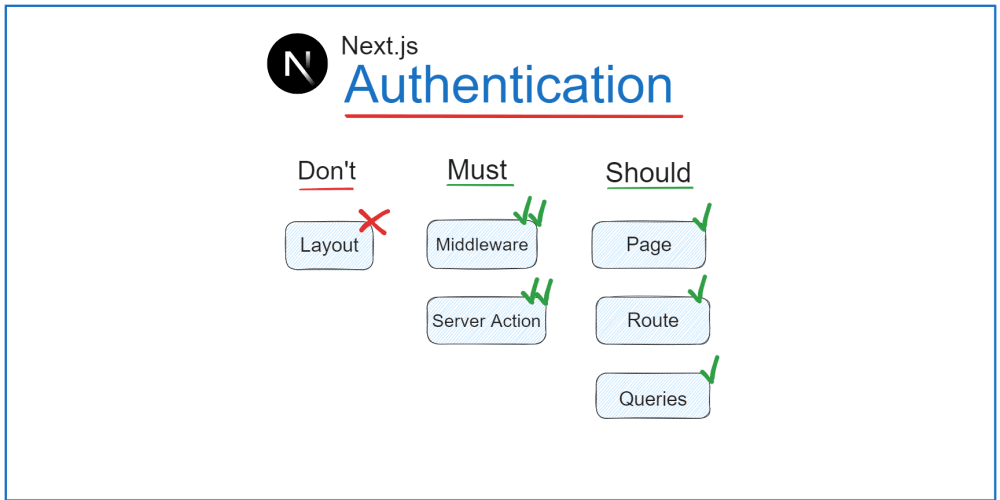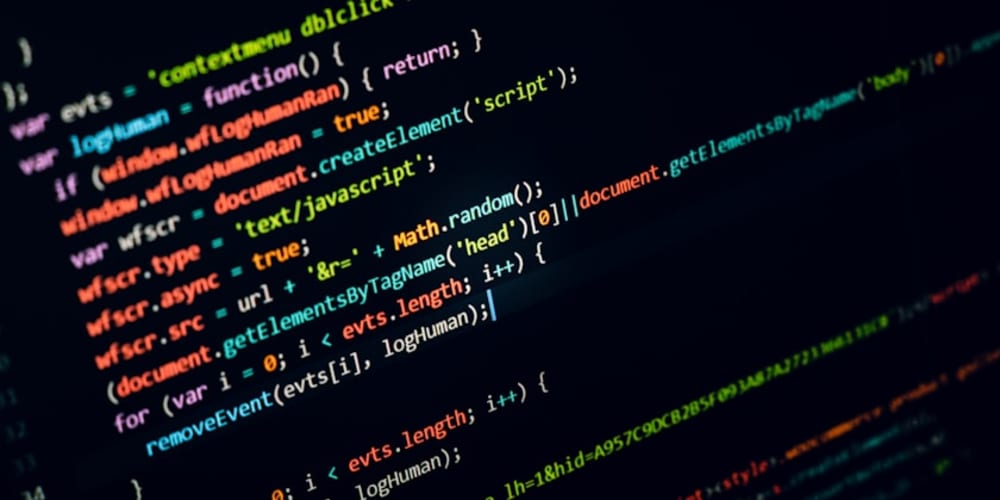Introduction
Python is a popular and widely used programming language known for its simplicity and powerful features. However, one aspect of Python that has garnered a lot of attention and debate is the Global Interpreter Lock (GIL). In essence, the GIL is a mechanism used by Python to ensure thread safety and prevent concurrent execution of code. In this article, we will delve deeper into the concept of the GIL and its implications.
Advantages
- Simplicity: The primary advantage of the GIL is its simplicity. It allows Python to be used in a wide range of environments without having to worry about thread-related issues.
- Thread Safety: The GIL ensures that only one thread is allowed to execute bytecode at a time, thereby avoiding race conditions and potential data inconsistencies.
Disadvantages
- Limitation on Multi-threading: One of the biggest criticisms of the GIL is that it limits the true potential of multi-threading. Since only one thread can execute at a time, it can lead to slower performance, especially when dealing with computationally intensive tasks or in a multi-core environment.
Features
- CPython Implementation: The GIL is a core feature of the CPython interpreter, which is the most commonly used implementation of Python.
- Alternative Implementations: However, alternative implementations such as Jython, IronPython, and PyPy do not have a GIL, and thus can achieve true multi-threading.
Conclusion
In conclusion, understanding the GIL is essential for any Python developer, and it is crucial to consider its implications when dealing with multi-threaded code. While it may have its limitations, the GIL serves a necessary purpose in maintaining thread safety in Python. Developers working in environments where multi-threading is critical may need to explore alternative Python implementations or design strategies to work around the limitations of the GIL.



















